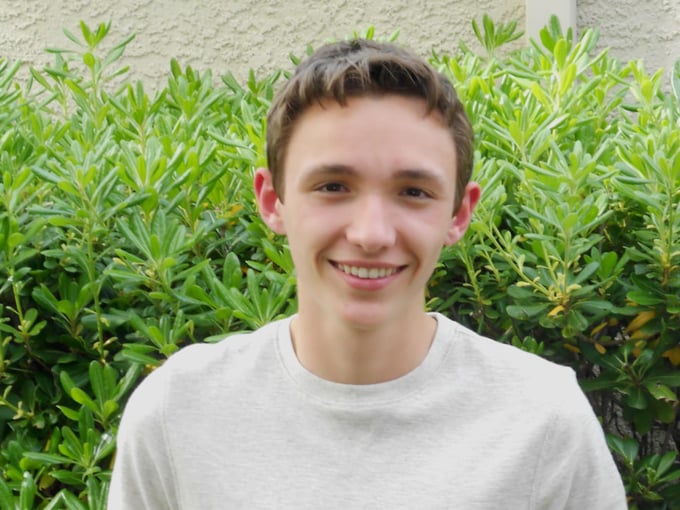Wade Kiesow is a student at Folsom High School in Folsom, California. He is an award-winning cross country runner, a Southwest Region A4LE SchoolsNEXT architectural contest winner, and an AFS Intercultural Programs/USA scholarship winner.
Educate to inspire.
Sounds rather cliché doesn’t it?
Well, allow me to tell you a story to provide some context as to why there’s some underlying meaning.
As a seventh grader, I accidentally joined a class in PLTW’s engineering pathway. The class was dedicated to involving students more directly in STEM learning. At this point in my life, I had given no consideration to what I wanted to do, and I had no background experience in any engineering field. The interesting part, adding to the cliché, is that I loved it.
This class, which I hadn’t known existed prior to a scheduling error, completely changed my life. I became interested not only in the STEM fields but also in problem-solving and design competitions. I competed in several, including CEFPI’s School of the Future Design Competition. Looking back on this, what stuns me today is knowing that I was given this opportunity at a rather young age, enabling me to have a head start on understanding what I want to do and what I need to do to prepare myself.
Then, I was lucky to have a wonderful teacher named Mrs. Krikourian inspire me to pursue engineering; however, I’ve realized several regions across the globe do not have that same privilege.
When I was asked to enter a contest to help students in Guatemala, it made me ponder how exactly I could relay that same opportunity in a short two-week period to students around the world who may not be able to pursue a higher education. For this contest, my primary project focus was on children who are unable to achieve a higher education but are literate in countries such as Guatemala. The goal of this project would be to involve students in a series of short activities dealing with STEAM applications.
These activities would be simplified to introductory courses in electricity (with solar kits), problem-solving, and a variety of fun, hands-on activities to broaden these children’s perspectives. The program could also feature lectures and demonstrations to introduce the students to concepts before they try these activities using kits or specified directions.
The course could go three ways:
1. the program is extended to one group for the entirety of the two weeks
2. the program is done in two- to three-day intervals of the same content but held with different students in the area
3. the program is done in different regions of the country for two- to three-day intervals
Demonstrating how these principles can be applied to conception, design, and creation, as well as introducing them, is just one way I believe I can make a meaningful impact on those who may need it.
I have since received the honor of being one of the top 10 winners of this contest and will head to Guatemala shortly to pursue this dream.
Project Lead The Way has changed my life in middle and high school. I am a senior this year at Folsom High School and have experienced more than others my age thanks to the opportunities of PLTW and the amazing teachers who represent this program.
PLTW’s blog is intended to serve as a forum for ideas and perspectives from across our network. The opinions expressed are those of each guest author.

